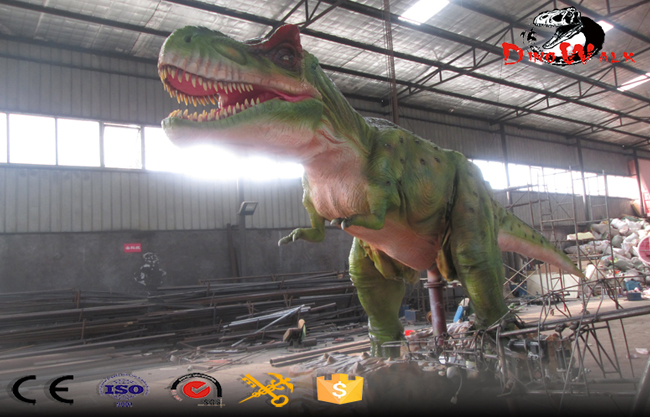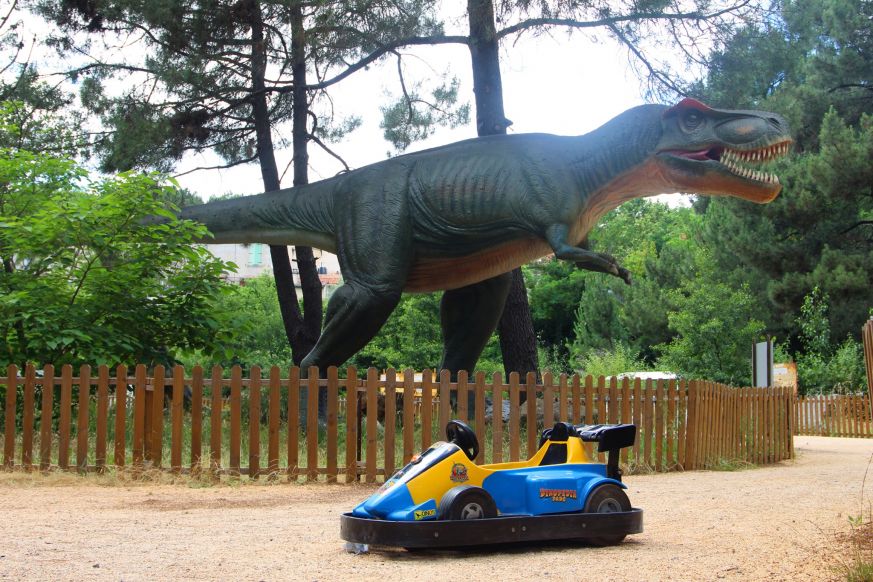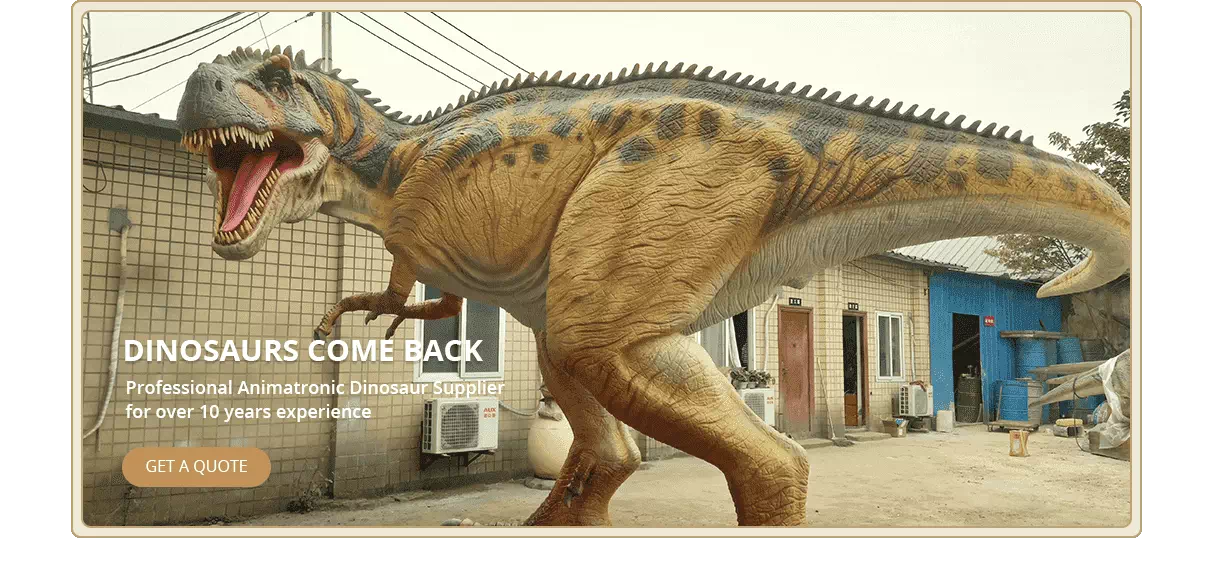Why the Tyrannosaurus Rex Was One of the Fiercest Predators of All Time?
Named the “king of the tyrant lizards,” T. rex was built to rule. Find out how these dinosaurs lived, what made them so vicious, and what we’re still learning about them today.
Tyrannosaurus rex was one of the most ferocious predators to ever walk the Earth. With a massive body, sharp teeth, and jaws so powerful they could crush a car, this famous carnivore dominated the forested river valleys in western North America during the late Cretaceous period, 68 million years ago.
Although T. rex is a household name, what we know about this tyrannosaur is constantly evolving. Improved technologies, such as biomechanical modeling and x-ray imaging, have allowed scientists to gain a deeper understanding of how this apex predator lived.
Strengths
Tyrannosaurus rex, whose name means “king of the tyrant lizards,” was built to rule. This dinosaur’s muscular body stretched as long as 40 feet—about the size of a school bus—from its snout to the tip of its powerful tail. Weighing up to eight tons, T. rex stomped headfirst across its territory on two strong legs. These dinosaurs likely preyed on living animals and scavenged carcasses—and sometimes they even ate one another.

The head of a T. rex was the real stuff of nightmares. This fierce carnivore was optimally built for crunching through its meals, with a stiff skull that allowed it to channel all the force of its muscles into one bite—delivering up to six tons of pressure. This dinosaur used its 60 serrated teeth, each about eight inches long, to pierce and grip flesh, throwing prey into the air and swallowing it whole. To keep itself from overheating while crushing prey with its mighty jaws, the giant animal had vents in its head to help its brain stay cool, similar to those found in alligators.
Tyrannosaurus rex was also adept at finding its prey thanks to a keen sense of smell. While scientists have known for a while that this dinosaur devoted large portions of its brain to processing smell, studies have recently revealed that T. rex had almost as many genes encoding its olfactory receptors as a house cat does today. This powerful snout also likely helped T. rex find mates and detect other predators.
Weaknesses
Not everything about Tyrannosaurus rex was fierce, however. This dinosaur had unexpectedly puny arms, and the function of these little limbs is a source of debate among scientists. Some believe the animal’s arms were an evolutionary leftover—like the pelvic bones of a snake—or served non-predatory purposes like helping it grip a mate. Others argue that T. rex’s arms may have been adapted for “vicious slashing” at close quarters, given their ability to inflict deep wounds with four-inch claws.
And while they had strong thighs, these dinosaurs were not speedy. They could only walk briskly at up to 12 miles an hour—likely not fast enough to chase a speeding Jeep, as depicted in the movie Jurassic Park. Using biomechanical models, scientists have theorized that if these heavy animals moved any faster, they would have shattered the bones in their feet.
Growth spurts and extinction
Tyrannosaurus rex had a life expectancy of about 28 years. Previous studies have suggested that it went through a growth spurt in its teenage years, but until recently, scientists didn’t know much about how it grew from a hatchling to a powerful predator.
In January 2020, a study of the fossils of Nanotyrannus—a smaller tyrannosaur that was believed to have lived alongside T. rex—revealed that the bones were more likely from a juvenile T. rex than another species. If so, the study then suggests that Tyrannosaurus rex’s growth rate varied as it aged, and it could slow down its growth when food was scarce, a major evolutionary advantage.
In spite of all its advantages, T. rex was no match for the mass extinction event that claimed three quarters of life on Earth 66 million years ago. This cataclysm occurred when an asteroid or comet the size of a mountain slammed into Earth, wiping out Tyrannosaurus rex along with the rest of the non-avian dinosaurs and bringing a sudden end to the Cretaceous period.
DinoWalk Science & Technology Inc has a great reputation for being a sincere animatronic dinosaur manufacturer. Specialized in not just robotic dinosaurs,also a manufacturer of fiberglass dinosaur fossils,scientific products, fiberglass statues, lanterns serials,landscape art design, Festival foam sculpture ,etc.














